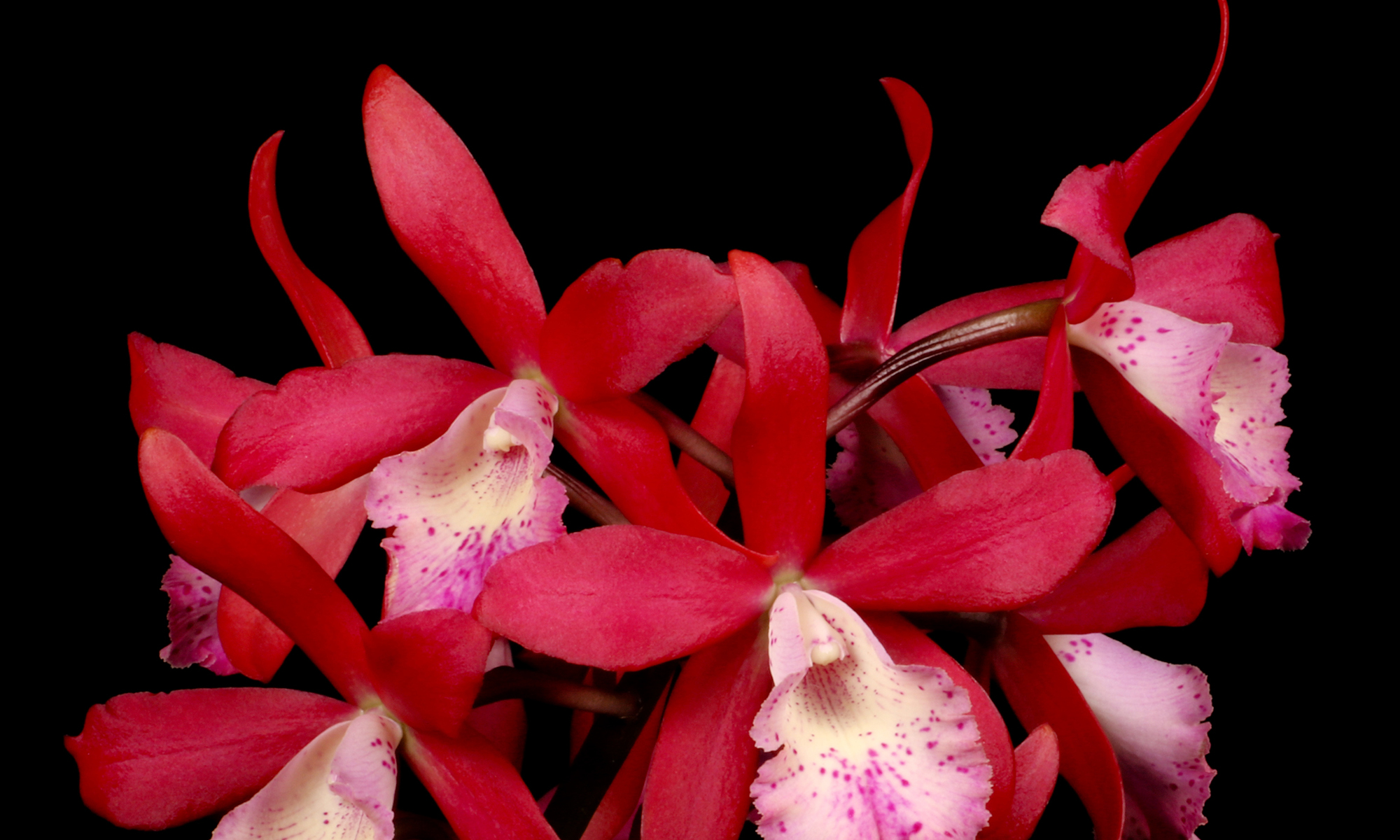1. It’s time to group and move orchids that need little water away from the rest of your collection. Maybe you can hang them under an eve or high on a shaded fence that the sprinkler system doesn’t hit.
2. Move adult orchids that haven’t bloomed in over a year into more, but probably not full, light. They won’t burn now and will adapt to increasing spring light.
3. Group young plants and tender plants so you can bring them inside when the thermometer goes below 50. You won’t like finding your scattered Rhynchostylis and Vandaceous in the dark with a cold wind chilling you. Dendrobiums won’t die at 40- 50 degrees but they will drop leaves and will need a year to recover.
4. If you can’t bring all your orchids inside if the temperatures are to be in the 30s or 40s assemble protection now for the plants you have to leave out. Fabric, but never plastic, covers over your plants will help and help even more if you have a soaker hose under the bench for vapor from our 70 degree tap water to rise and get trapped under the fabric.
5. You can begin to repot in February. Look over your supplies and buy what you need early this winter. If you wait you take a chance that your supply vendor will be out of something you need.
6. You can reduce the frequency of watering, and you can reduce the amount of fertilizer. Don’t even think about not fertilizing at all. After this summer cool weather sounds wonderful. It will be more enjoyable if you prepare.
